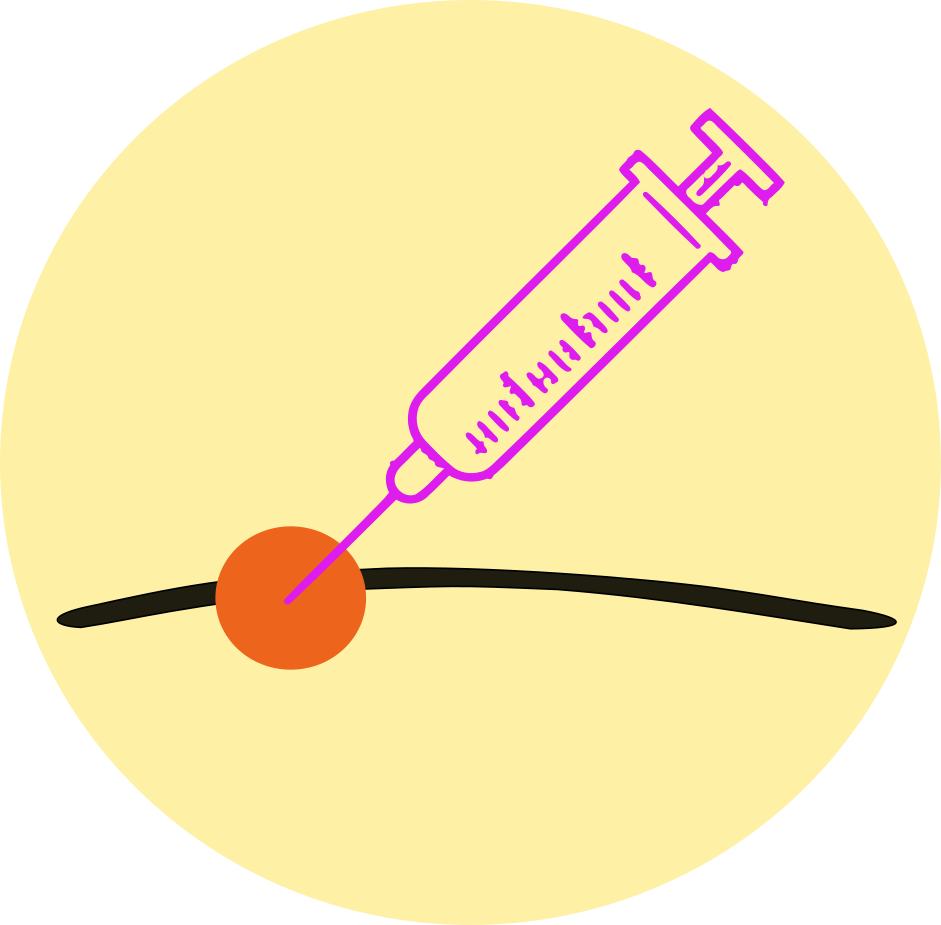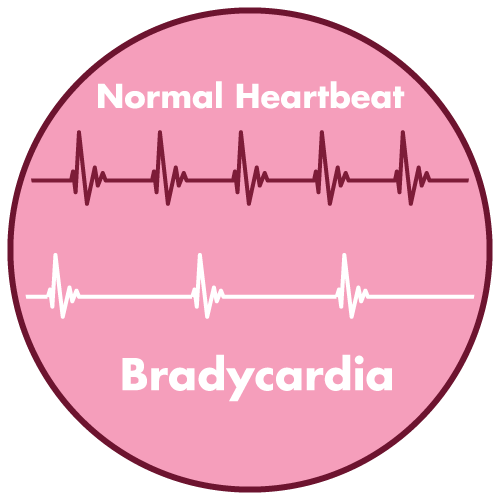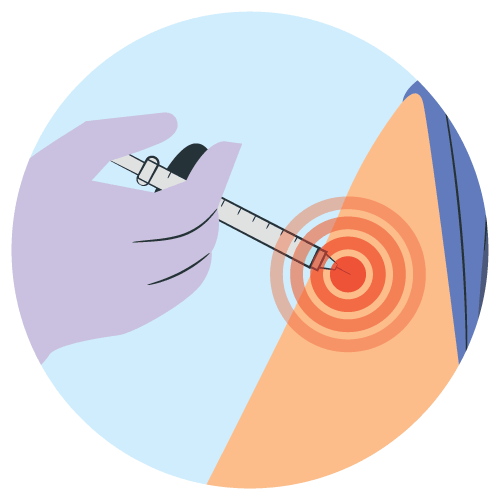Medicine details
| Image |  |
| Name | Propofol |
| Dosage | Injection |
| Generic Name | Propofol |
| Classes |
Central Nervous System Agent Anesthetic |
| Diseases |
Anesthesia |
| Company | Techno Drugs Ltd. |
Drug Package Details
| Strength | 10 mg/ml |
| Storage Condition | |
| Origin Country | Bangladesh |
| Commercial Pack | 5 |
| Price per pack | ৳ 977.00 |
| Cost per pack | ৳ 859.76 |
| Package unit | 20 ml amp |
| Price per unit | ৳ 195.40 |
| Cost per unit | ৳ 171.95 |
| Discount | 0 |
| Coupon | |
| Remarks |
Propofol
Propofol is a general anesthetic agent that belongs to the class of short-acting intravenous hypnotic agents. The exact mechanism of action is not fully understood, but it is thought to enhance the activity of gamma-aminobutyric acid (GABA), the major inhibitory neurotransmitter in the central nervous system. This results in sedation and hypnosis.
Propofol is used for-
- Initiation and maintenance of Monitored Anesthesia Care (MAC) sedation
- Combined sedation and regional anesthesia
- Induction of General Anesthesia
- Maintenance of General Anesthesia
- Intensive Care Unit (ICU) sedation of intubated, mechanically ventilated patients
Adults:
INDUCTION OF GENERAL ANESTHESIA:
- Adults less than 55 years of age and classified as ASA-PS I or II: 2 to 2.5 mg/kg IV titrated at approximately 40 mg every 10 seconds until onset of induction; the amount of IV opioid and/or benzodiazepine premedication will influence the response of the patient to an induction dose
- Cardiac Anesthesia: 20 mg every 10 seconds until induction onset (0.5 to 1.5 mg/kg)
- Neurosurgical Patients: 20 mg (1 to 2 mg/kg) IV every 10 seconds until induction onset
MAINTENANCE OF GENERAL ANESTHESIA:
- Adults less than 55 years of age and classified as ASA-PS I OR II: 100 to 200 mcg/kg/minute (6 to 12 mg/kg/h) IV as a variable rate infusion with 60% to 70% nitrous oxide and oxygen provides anesthesia for patients undergoing general surgery.
- Maintenance immediately following the induction dose: During the initial period following the induction dose, higher rates of infusion are generally required (150 to 200 mcg/kg/min IV) for the first 10 to 15 minutes; then decreased 30% to 50% during the first half-hour of maintenance; 50 to 100 mcg/kg/min in adults should be achieved during maintenance to optimize recovery times.
- Neurosurgical Patients: 100 to 200 mcg/kg/min (6 mg/kg/h to 12 mg/kg/h) IV
MAINTENANCE OF GENERAL ANESTHESIA (INTERMITTENT BOLUS):
- Adults less than 55 years of age and classified as ASA-PS I OR II: Increments of 25 to 50 mg may be administered with nitrous oxide in adult patients undergoing general surgery.
Side effects associated with propofol include-
- Hypotension
- Bradycardia
- Respiratory depression/apnea
- Pain at the injection site
- Nausea/vomiting
- Headache
- Pruritus
- Increased intracranial pressure
- Propofol should only be administered by trained healthcare professionals in a facility equipped for monitoring and support of respiratory and cardiovascular function.
- Propofol should not be used in patients with a known allergy to the drug or any of its components.
- Patients should be closely monitored for hypotension, respiratory depression, and bradycardia during and after administration of propofol.
- Propofol should be used with caution in patients with cardiac or respiratory disease, as well as in those with a history of drug abuse or dependence.
- Propofol may cause a decrease in seizure threshold and should be used with caution in patients with a history of seizures or epilepsy.
- Propofol should not be used for sedation in pediatric patients under the age of 3 years.
- Propofol should be used with caution in pregnant and breastfeeding women.
Contraindication
Propofol is contraindicated in patients with a known allergy to the drug or any of its components.
None known.
Propofol should not be used for sedation in pediatric patients under the age of 3 years.






 Bangla
Bangla English
English